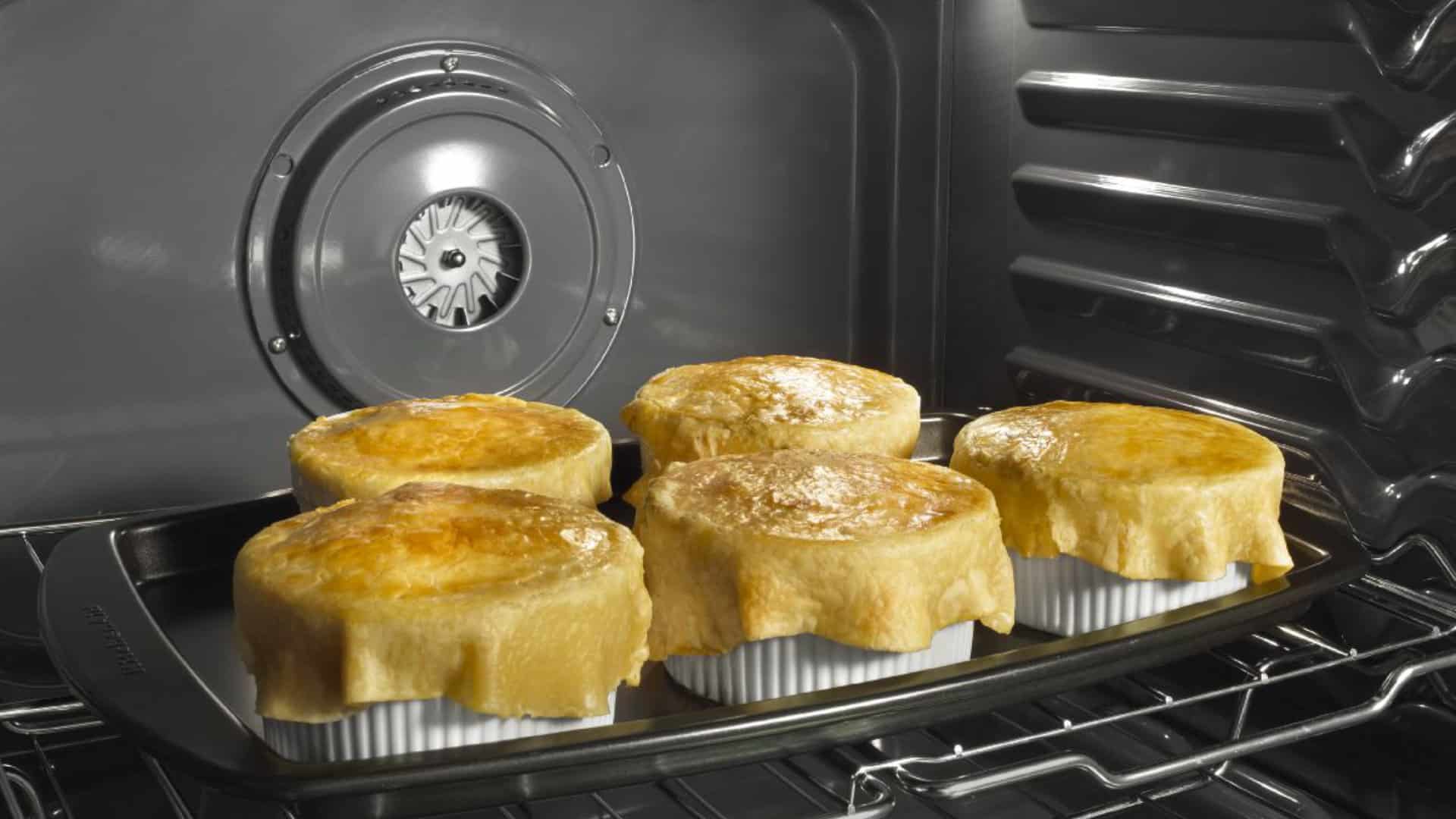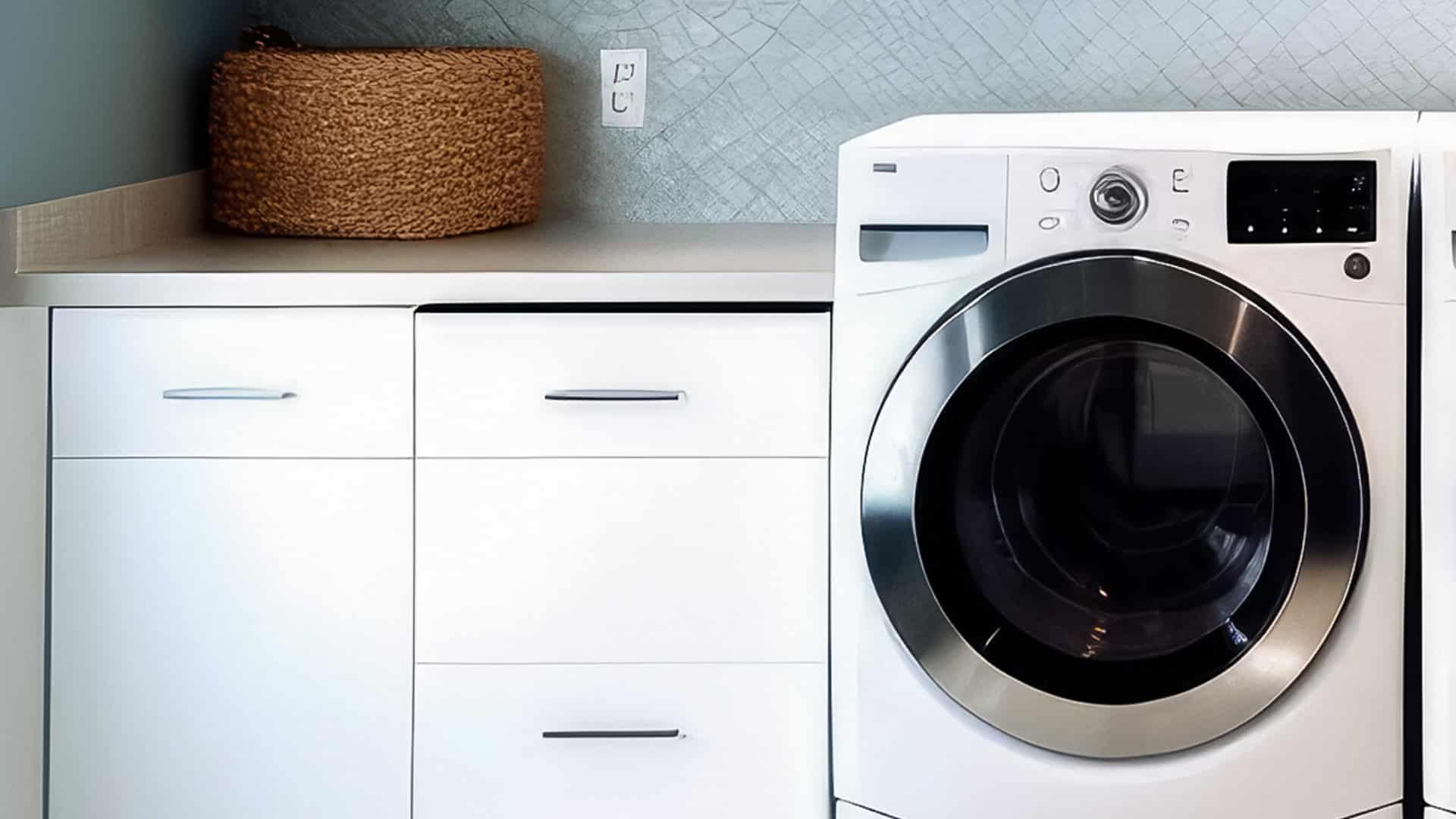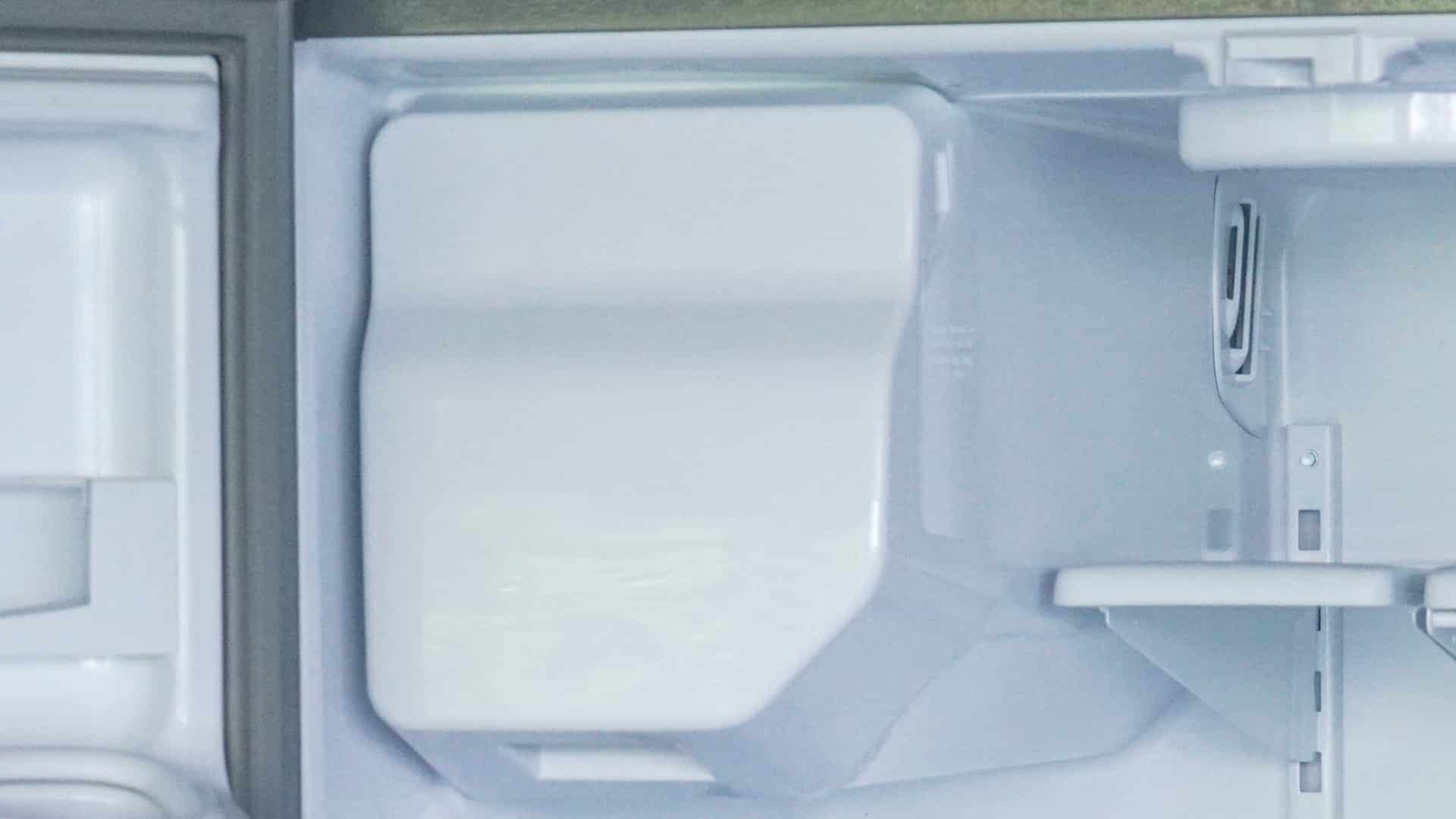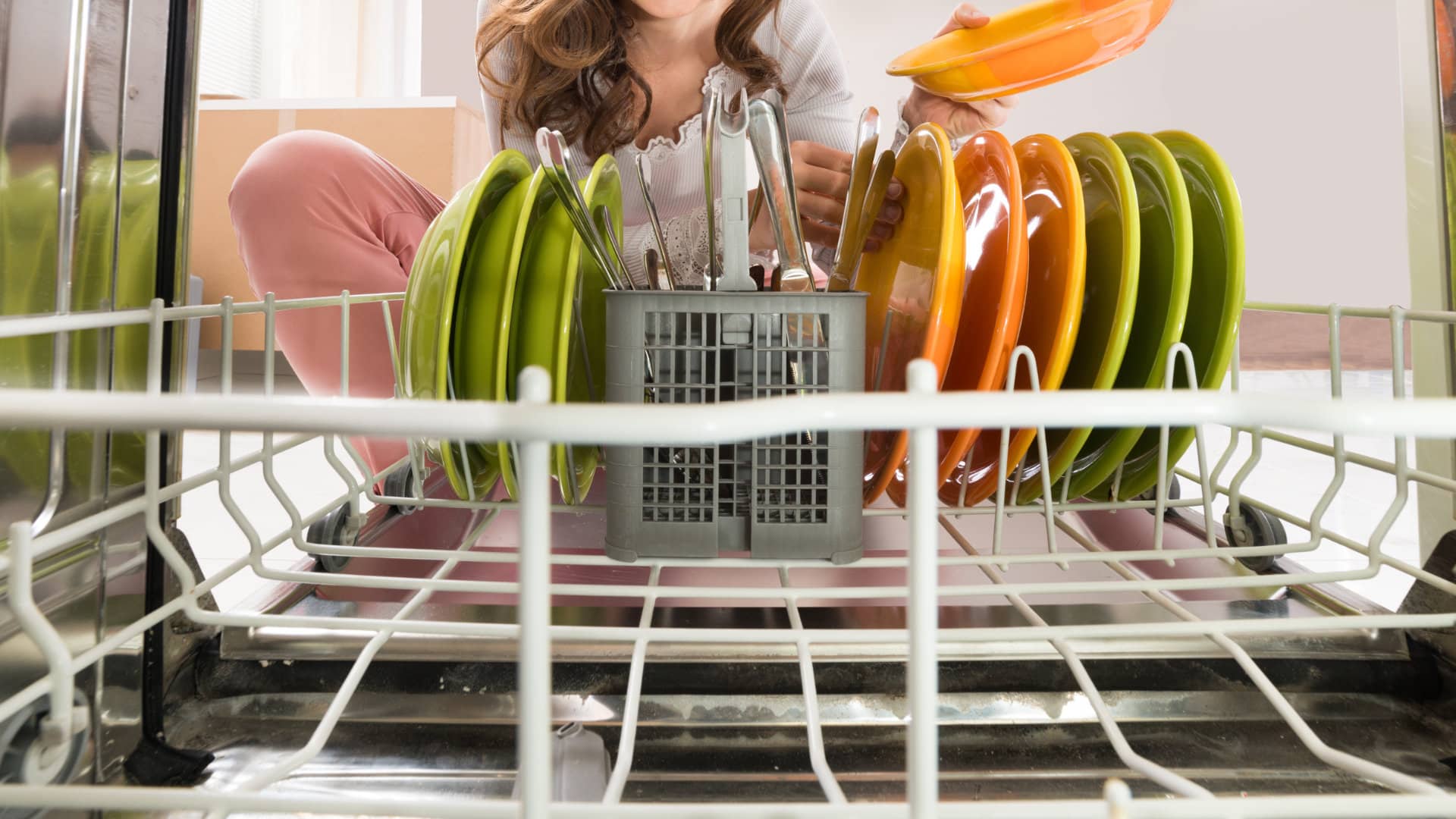
Aren’t double ovens great? If you’re only cooking a small amount of food, you can save electricity by just heating up one of the ovens. And if you’re hosting a big event, you’ve got the option to cook different dishes at different temperatures!
But what if your bottom oven stops working? This leaves you with only one small oven and a whole lot of wasted space! Don’t look at replacing your entire oven yet though—there are plenty of fixes for a bottom oven that isn’t working, and many of them are perfectly doable for a determined DIYer! Read on to find out what to do!
Faulty Heating Element
The heating element in your oven is responsible for heating the interior and cooking your food. In a double oven, both ovens have a separate heating element, so it’s possible for one to not work and the other to function normally.
A broken element can happen slowly, so if you’ve noticed your oven’s performance slowly declining, the heating element could be to blame. In some cases, you’ll be able to see a visible break or blistering on the element itself. If the element is to blame, the other functions of the lower oven, such as the fan and the light, will still be working.
To fix:
- Disconnect the oven from the power, or trip the circuit breaker.
- Test the heating element with a multimeter. If it shows no continuity, it means it is faulty and needs replacing.
- Order a replacement heating element that is compatible with the make and model of your oven.
- Remove the faulty element. The process will differ depending on your oven’s make and model, but in most cases, you’ll need to unscrew the element and then disconnect it from the wiring.
- Install the new element in place of the old one.
- Turn the power back on and test to see if the lower oven is now working.
Defective Oven Thermostat
Oven thermostats work to regulate the oven cooking temperature. If one is faulty, the oven may not heat up correctly, or it might even not heat up at all! If your lower oven is not heating up but the upper oven is functioning correctly, a faulty thermostat might be to blame.
To fix this:
- Disconnect the oven from the power.
- Try calibrating the thermostat. Follow the instructions in your user manual to find out how to do it for your particular model.
- If it still isn’t working, gain access to the thermostat itself. It’s located behind the back panel of the oven in most models—you can refer to your user manual for specifics.
- Check your thermostat for signs of damage and test with a multimeter. If it shows no continuity, it needs replacing.
- Order a replacement thermostat online, ensuring it is compatible with your oven.
- Remove the old thermostat, taking note of how it’s connected to the wiring, and put the new one in its place.
- Return the back panel of the oven and reconnect your oven to the power. Then test to see if your bottom oven is working.
Broken Selector Switch
The selector switch allows the oven to choose which mode it’s operating in. Depending on the type of oven you have, this could include bake mode, broil mode, or convection mode. If your lower oven is not working, a faulty selector switch could be to blame. This is more likely if you find that some functions on your oven work and some don’t—for example, if your oven won’t turn on in bake mode, but is fine in broil mode.
To fix this:
- Disconnect the oven from the power supply.
- Access the selector switch. To do this, you will need to remove the back panel of the oven—for specifics on its location, refer to your user manual.
- Check the selector switch for damage, such as scorch marks or signs of wear.
- Use a multimeter to test the selector switch for signs of continuity in all its positions. No continuity in a particular position means that the switch is defective.
- If it’s defective, order a new part online. Before removing the old part, take a picture of the switch to ensure that you know exactly how the wiring and connections are put together.
- Remove the old switch and install the new one.
- Put back the rear panel and return the oven to its place. Then turn it on and test if it’s working.
Blown Internal Fuse
All ovens have internal fuses to protect them from power surges. This fuse consists of a wire that melts and breaks the circuit if the current gets too high, reducing the risk of electrical fires. If your lower oven is not turning on at all, but the upper oven is working fine, then a blown fuse is likely to be the culprit. A blown fuse will happen suddenly and is more likely if your oven has experienced a power surge or you’ve used a very high-temperature setting, like a self-cleaning setting.
To fix this:
- Disconnect the power from the lower oven
- Access the fuse. As with the other components, this is located behind the back panel—you’ll need to remove the oven from the wall to gain access.
- A fuse is a clear cylinder with a wire inside. If the fuse has blown, the wire will have melted. If you’re unsure, test the fuse with a multimeter—a lack of continuity means the fuse has blown.
- Purchase a replacement fuse of the same type as the broken one, then remove the blown fuse. Put the new fuse in place, reattach the back panel, and return the oven to its place before reconnecting the power.
- Test the oven to see if it’s working. If the fuse blows again, you may need to get an electrician to take a look at your oven, as it could indicate a deeper issue.

How to Fix Whirlpool Stove F9 Code

Fix Whirlpool Duet’s F20 Error Code

Freezer Working But Not Fridge? 5 Fixes

Speed Queen Washer Error Codes Explained

7 Reasons Why Your KitchenAid Ice Maker Isn’t Working

LG Oven F9 Error: Here’s How to Fix It

How to Replace an LG Refrigerator Air Filter

What Do Dryer Sheets Do?

How to Cook Corn on the Cob in the Microwave


